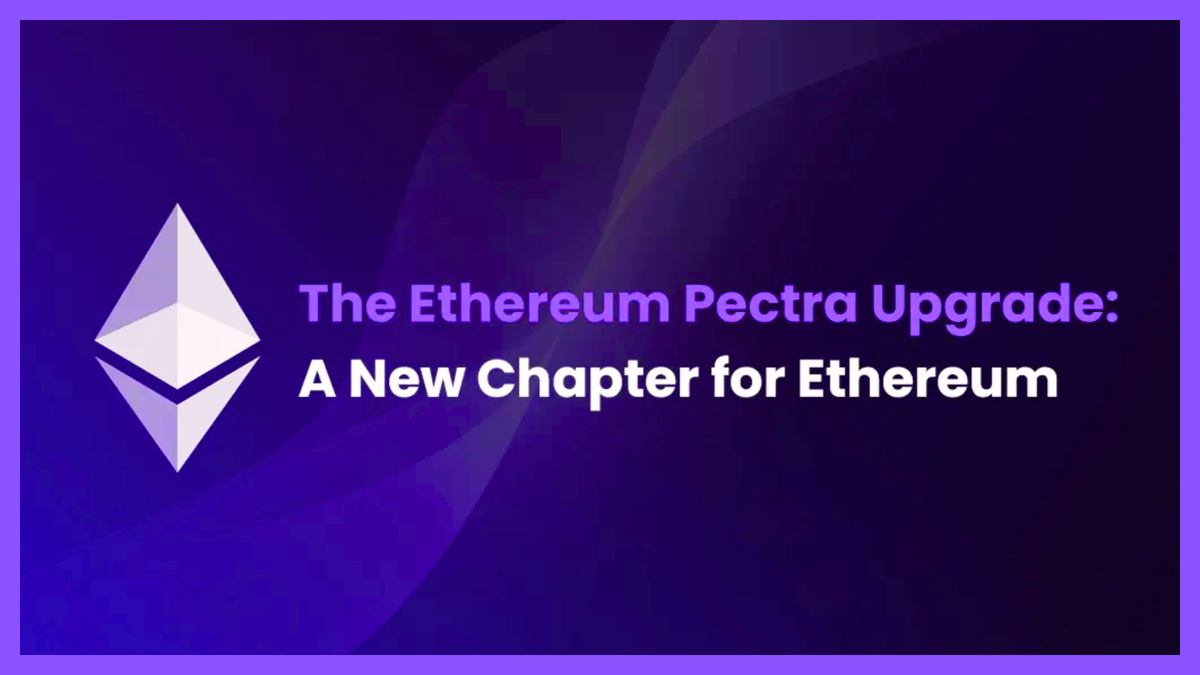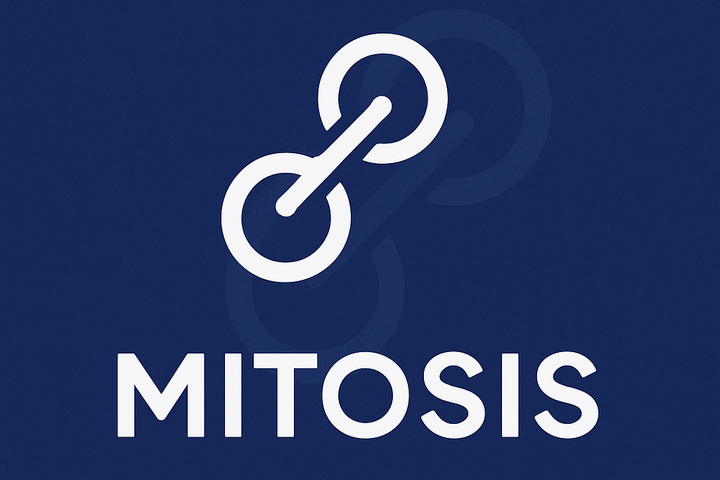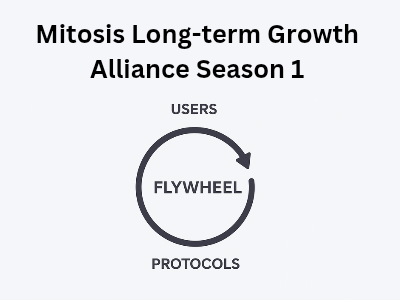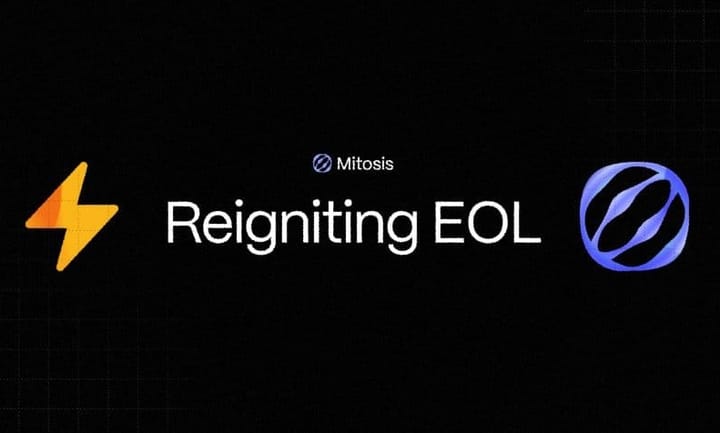Detailed Analysis of Ethereum's Pectra Upgrade Impacts

Overview and Context
Ethereum, a leading blockchain platform, is preparing for its Pectra Upgrade on May 7, 2025. This upgrade combines the Prague execution layer hard fork with the Electra consensus layer upgrade. It includes 11 Ethereum Improvement Proposals (EIPs) designed to enhance scalability, security, and efficiency, affecting developers, validators, and investors in different ways.
The development of the upgrade began in November 2023. It was initially planned as a small update but grew to include significant changes. The process faced delays due to issues on the Holesky and Sepolia testnets before it was finalized. This context highlights the complexity and importance of the upgrade, as Ethereum seeks to maintain its competitive edge against rivals like Solana and Bitcoin Layer 2 solutions.
Impacts on Developers
The Pectra Upgrade brings important changes to the Ethereum ecosystem that can benefit developers:
- Enhanced Scalability: The upgrade will increase blob throughput from 3 blobs per slot (384 KB) to 6 blobs per slot (768 KB), with plans to reach 128 blobs per slot by 2026. This could allow for around 100,000 transactions per second, which is vital for supporting more decentralized applications (dApps) and keeping fees low.
- Reduced Transaction Fees: The upgrade aims to lower transaction costs by optimizing data processing. For example, EIP-7623 raises calldata costs from 16 to 40 gas per byte, reducing the maximum block size from about 2.2 MB to 0.9 MB. However, it also increases the gas limit by 20% to 36 million gas starting February 4, 2025, making Ethereum applications cheaper, especially during busy times, as noted in Coinbase's guide.
- Improved Security: The upgrade uses better cryptographic techniques to make smart contracts more secure, creating a safer environment for developers and addressing weaknesses in the platform, as highlighted in Consensys's analysis.
- Smart Accounts (EIP-7702): As detailed in Coinbase's blog, This feature allows for transaction bundling and lets users pay gas fees with different tokens. This makes Ethereum easier to use for non-technical people and opens up new opportunities for developers.
In summary, these changes make Ethereum a more scalable, affordable, and secure platform for building dApps, which could attract more developers and help the ecosystem grow.
Impacts on Validators
Validators play a key role in Ethereum's proof-of-stake (PoS) system, and the Pectra Upgrade brings significant improvements for them:
- Increased Maximum Effective Balance (EIP-7251): The maximum effective balance for staking will rise from 32 ETH to 2,048 ETH. This allows validators to stake more efficiently and consolidate up to 64 validators, reducing the network load and making operations simpler, as noted in Consensys's breakdown. It also helps solo stakers earn more rewards as their effective balance increases in small steps. However, this also means that slashing events (penalties for bad behavior) could have a bigger financial impact.
- Faster Deposit Processing (EIP-6110): This upgrade moves deposit processing to the Execution Layer, cutting activation time from hours to just minutes, as detailed in Consensys's insights. It simplifies the process by removing the need for Eth1Data voting, making it easier for new validators to join and improving overall network security.
- Smart Contract-Controlled Withdrawals (EIP-7002): Validators can now use smart contracts to manage their withdrawals, giving them more flexibility, especially for staking pools, as noted in Consensys's EIP details. This reduces the need for trust in delegated staking and helps improve safety, particularly for setups like Lido that use dual governance.
- Efficient Voting (EIP-7549): By removing the committee index from attestations, this EIP reduces BLS signatures by a factor of 64, packing attestations more efficiently (8 slots vs. 2 today). This reduces bandwidth and processing overhead, as detailed in Consensys's analysis, enhancing validator efficiency while maintaining consensus security.
Overall, these enhancements make it easier and more efficient for validators to operate on Ethereum, which could attract more participants and strengthen the network's security and stability.
Impacts on Investors
The Pectra Upgrade presents both opportunities and challenges for Ethereum investors:
- Increased Value Potential: The upgrade aims to enhance scalability, which could lead to higher network usage and fees. Projections suggest annual fees could reach between $330 million and $3.3 billion, depending on demand, as noted in Vitalik Buterin's post. This growth may benefit ETH holders by increasing the network's overall value while keeping transaction fees low.
- Lower Transaction Costs: With improvements like EIP-7691, which doubles the number of blobs per block, transaction costs are expected to decrease, especially during peak demand. This is detailed in Coinbase's guide, Lower costs could attract more users and developers, potentially boosting ETH value.
- Improved Security and Efficiency: Upgrades to the consensus and execution layers, including EIPs 6110 and 7002, improve network security and efficiency. This could increase investor confidence, particularly for institutional investors, as noted in Fidelity's investor-focused analysis, positioning Ethereum as a stable long-term investment.
- Competitive Landscape: Ethereum competes with other blockchains, such as Solana and Bitcoin Layer 2 solutions like BitVM, as detailed in Fidelity's research. While Ethereum focuses on security and scalability, it may lag in certain areas compared to competitors. Investors should monitor Ethereum's roadmap, including upcoming upgrades, to assess potential risks.
Investors are encouraged to consider these factors and engage with expert teams to navigate the evolving blockchain landscape effectively.
Summary
The Pectra Upgrade, which includes 11 EIPs (five focused on staking improvements), is a major advancement for Ethereum. It boosts scalability, lowers costs, and enhances efficiency. Developers will benefit from reduced fees and better security, while validators will find staking easier and more efficient. Investors may see value growth and increased adoption, though competition in the blockchain space remains a challenge.
As Ethereum continues to develop, all stakeholders should keep an eye on market trends and the platform's future plans to ensure it stays competitive.
Key Citations
- Mitosis
- Mitosis University:Ethereum Pectra Update
- Mitosis University: Ethereum's Pectra Upgrade
- Mitosis University: Could the Pectra Upgrade Mark a New Era?
- The Ultimate Guide to Ethereum's Pectra Upgrade
- Ethereum Pectra Upgrade Key Innovations
- Understanding Ethereum's Pectra Upgrade Efficiency
- Ethereum's Pectra Upgrade Investor Insights
- Vitalik Buterin's L1 L2 Future Scalability



Comments ()